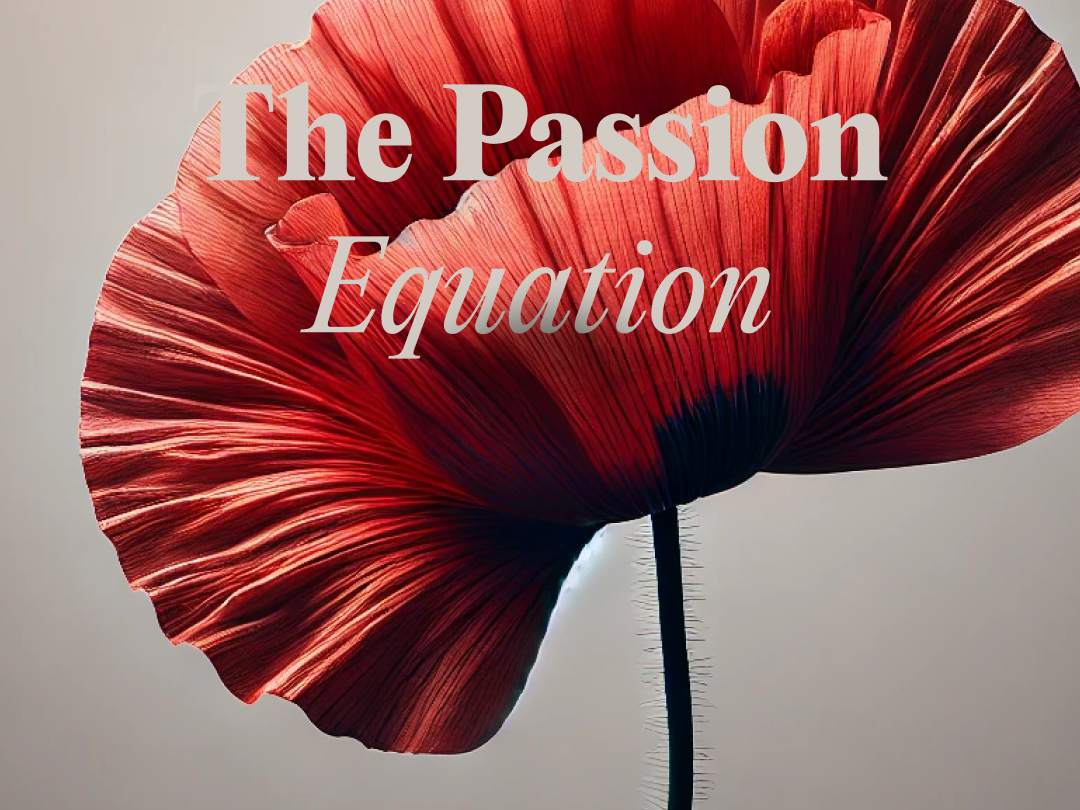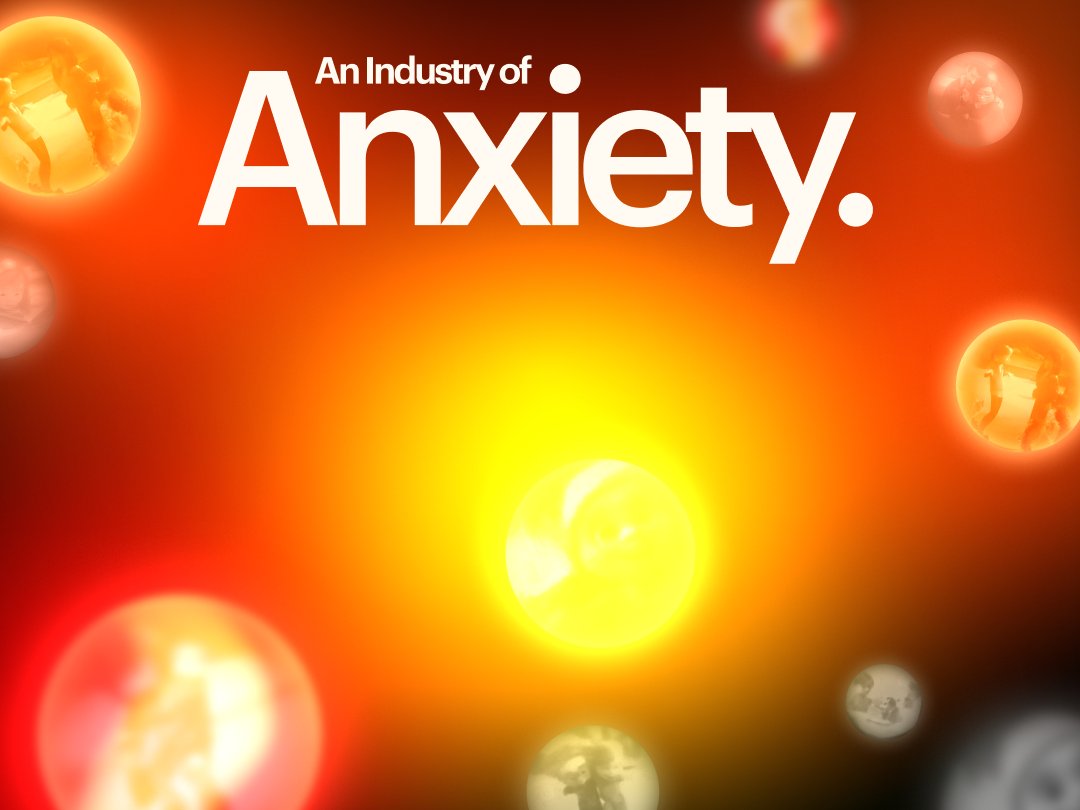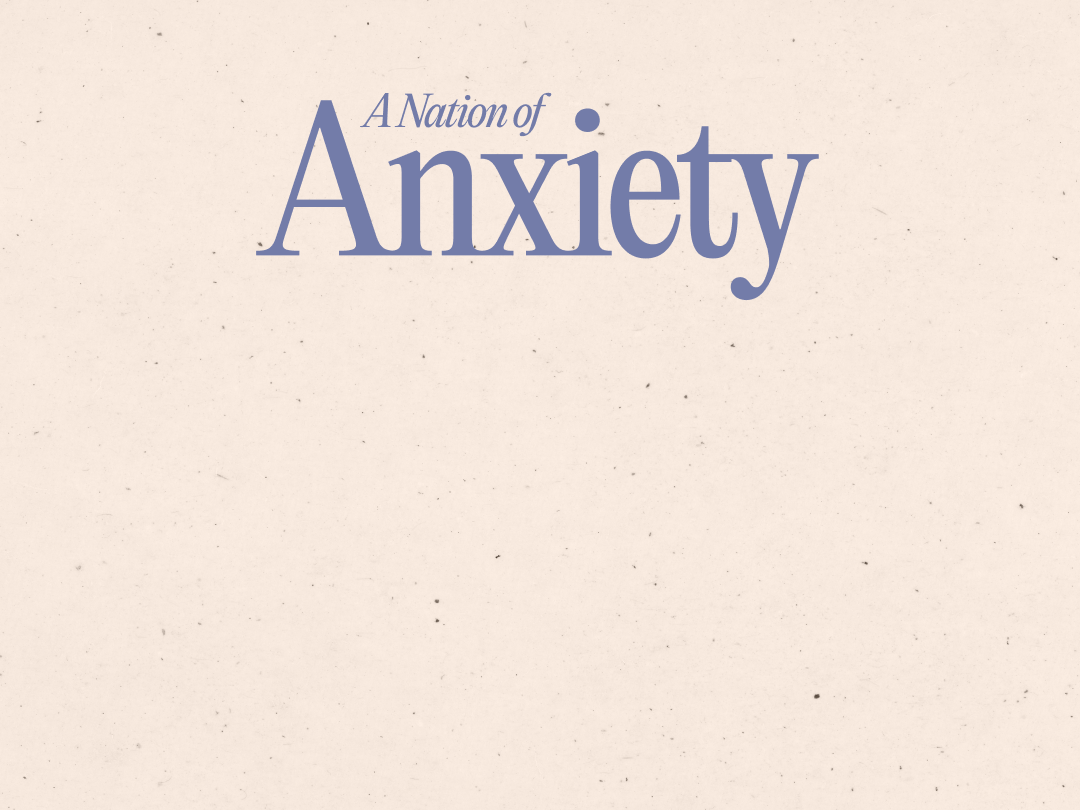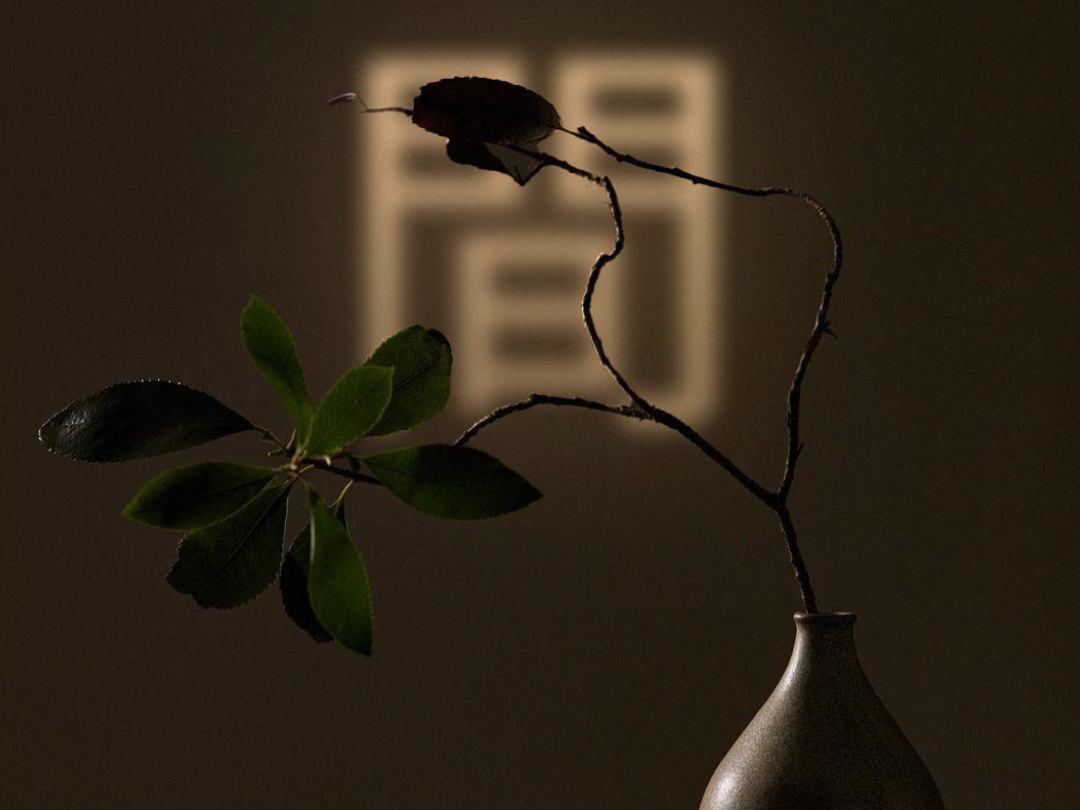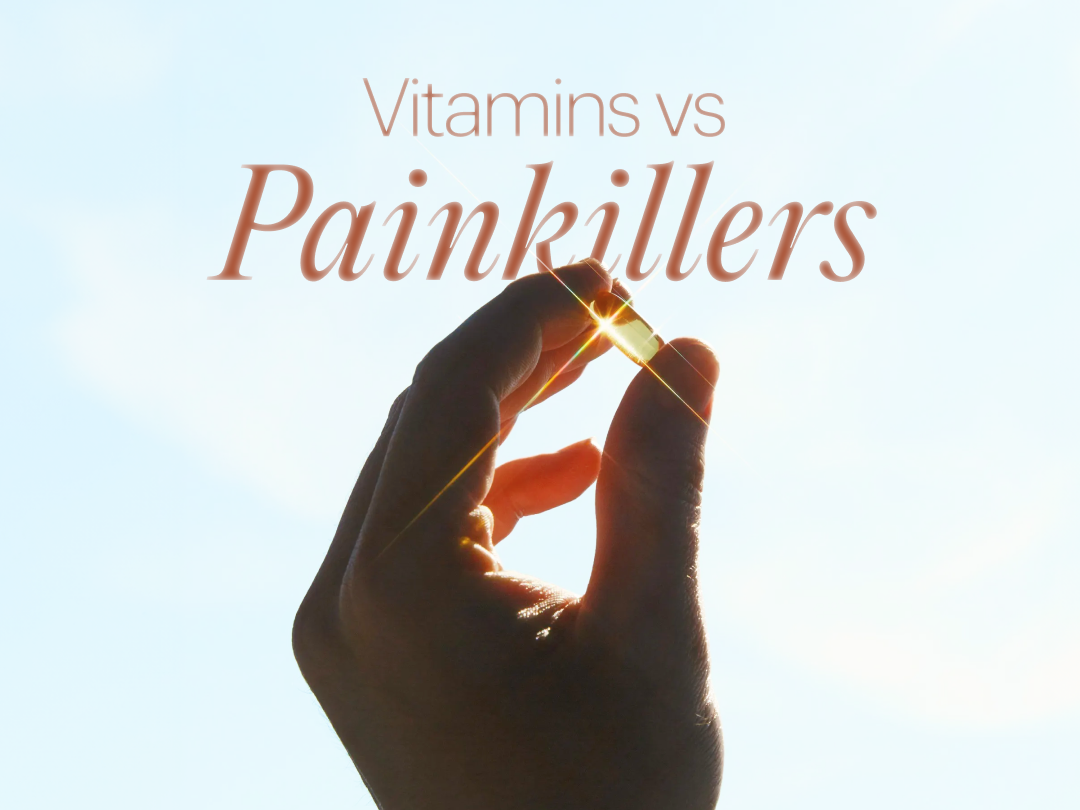Disclaimer
I am not, nor have I ever claimed to be a horror movie die-hard fan. However, there are millions of people who voluntarily subject themselves to jump scares, demonic creatures, paranormal activity, serial killers, and a whole host of psychologically disturbing events in the form of horror films.
And it’s fascinating.
As someone who isn’t a big fan of the genre, I’ve always wondered why. Why do we subject ourselves to being scared shitless time and time again? Maybe it’s just a psychological difference in brain chemistry that varies from person to person. Maybe it’s passed down by parents or grandparents who love the horror movies of old. I really don’t know. But one thing’s for sure.
Hollywood has gotten really, really good at designing horror.
In the 21st century, we may look back on old horror movies like Nosferatu (1922) or Dracula (1931) and not feel an inkling of terror in comparison to modern films, but they were the beginning of a visual language of unease that every great horror film, poster, and brand has learned to speak.
Great designers understand fear as an emotional design system. One that’s created through playing with contrast, discomfort, and suspense.
Let’s break the system down into 6 parts.


1. Color: The Language of Unease
When we think of the colors of horror, we think of red. Red for blood, urgency, rage, and fire. We think of sickly greens and the ever consuming blackness of the dark– the unknown. We think of the pale muted tones in the way skin-tones feel off or life get’s sucked out of an environment. Color sets the tone of horror.
And the way color contrasts beyond what’s expected can create tension and manipulate emotion. Think of the stark, bright daylight horror of Midsommar. It creates fear through too much exposure and an over abundance of color. It tricks us into thinking we’re safe in fields of rainbow flowers and bright visibility.
Takeaway: Color palettes can immediately set the tone and allow us to break the bounds of expectation.
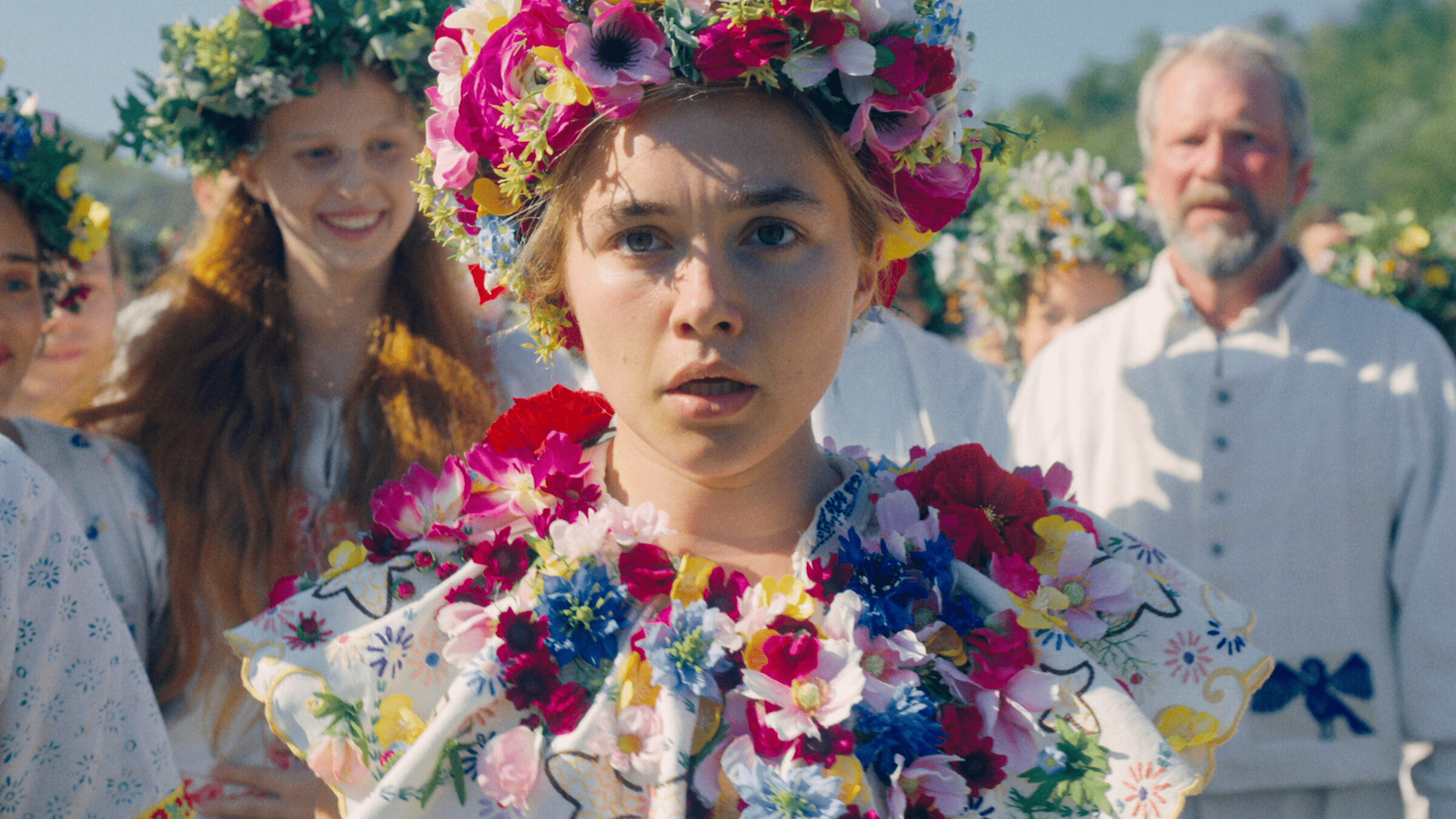
2. Composition: Building Tension in Space
Fear thrives on imbalance. It plays into our natural inclination as humans to want symmetry. Instead, it gives us asymmetry, emptiness, and creates the feeling that something is just off.
Negative space. We all know to get ready for something when the camera pans to a space and it’s completely empty. A lack of subject matter almost always translates into a potential threat in the design of horror.
There’s a host of spatial distortions used to create tension as well–like the way an artist chooses to crop, show proximity, or use lens effects. The distorted fish-eye close-up shot is often used in anime to show the unnerving, unpredictable mental state a character may be in.
Takeaway: tension comes from what you don’t show.


3. Typography: The Voice of the Monster
If I ask you to picture a horror title card, I’m sure what comes to mind is dramatic type dripping in blood or swirling gothic typography with distorted serifs and eroded textures. Those classic types of treatments have become ingrained in our minds as horror font archetypes.
But modern reinterpretations can be just as effective with more subtle treatments that contribute to the overall mood of the visual rather than a bold declaration of terror. Think of the eerie clean san-serifs fonts with just a little too much spacing, like Alien or the Witch.
Takeaway: Typographic restraint can be scarier than excess.
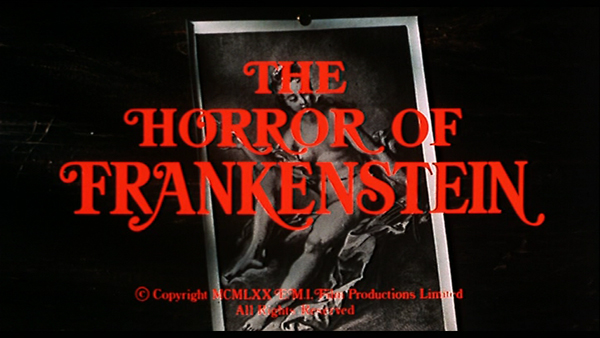

4. Texture: Glitch, Decay, Deterioration
Texture adds another layer of dread to the mix. The overly visible decay and evidence of time passing on the physical being create a sense of imperfection and wrongness. It tells a story in the blink of an eye, saying “something happened to this thing long ago that we are aware of but did not witness.”
Nowadays, texture can also translate into the horror of “the glitch.” When the system breaks and illusion erodes. Designers can use grain, glitches, and transformation of the analog to expand our world view and create the sense that the world we thought we knew is opening up before our feet. It turns the rules we thought we were playing by completely on their head.
Takeaway: texture can make emotion tactile and give us hints into a larger world.

5. The Uncanny: When Familiar Becomes Wrong
We should be familiar with the phrase “uncanny valley” by now. Rooted in Freud’s “unheimlich.” It’s the familiar turned strange. It’s why CGI of people that tries to be too realistic freaks us out, or why AI-generated faces and hyperreal dolls give us goosebumps.
We see it often in the way characters stare a little too long or tilt their head a little further than is normal. It signals to us that something is amiss even when we can’t quite put our conscious finger on it. It’s the design principle of near-perfection: when almost symmetry is used to unsettle.
Takeaway: Leave room for imperfection. It keeps us on our toes.

6. Fear as Marketing: Beyond the Screen
Horror has escaped the theater. It’s no longer confined to films. Now, it’s a marketing strategy. Brands, studios, and streaming platforms build anticipation for movies, and frankly, the entire “spooky season” through interactive marketing campaigns. These experiences can now enter your own home.
Take the marketing for the recent “28 Years Later,” for example. Before a single trailer dropped, cryptic teasers, unbranded street posters, and blood-red typography started appearing online and in cities. It was a breadcrumb trail of dread. I even got an ad on TikTok to purchase tickets when it released. When I excitedly clicked on it, the theater seat selection slowly filled in until it formed the biohazard symbol. I was thrilled. What a brilliant way to delight people rather than just asking them to spend money on a sequel!
Horror marketing today isn’t just about scaring you. It’s about making you chase the scare.
Takeaway: suspense is a design tool. The best campaigns don’t reveal; they infect.28 years later

Fear, like most highly regarded art, thrives in ambiguity. It creates conversation and leaves room for interpretation based on the viewer. The best designers know how to make people feel something before they understand it. With horror, that desire to understand is exactly what pulls us in.
So if you’re one of the millions of people who adore horror design, remember that it’s success doesn’t lie in showing you what’s coming but in making you feel it long before it arrives.

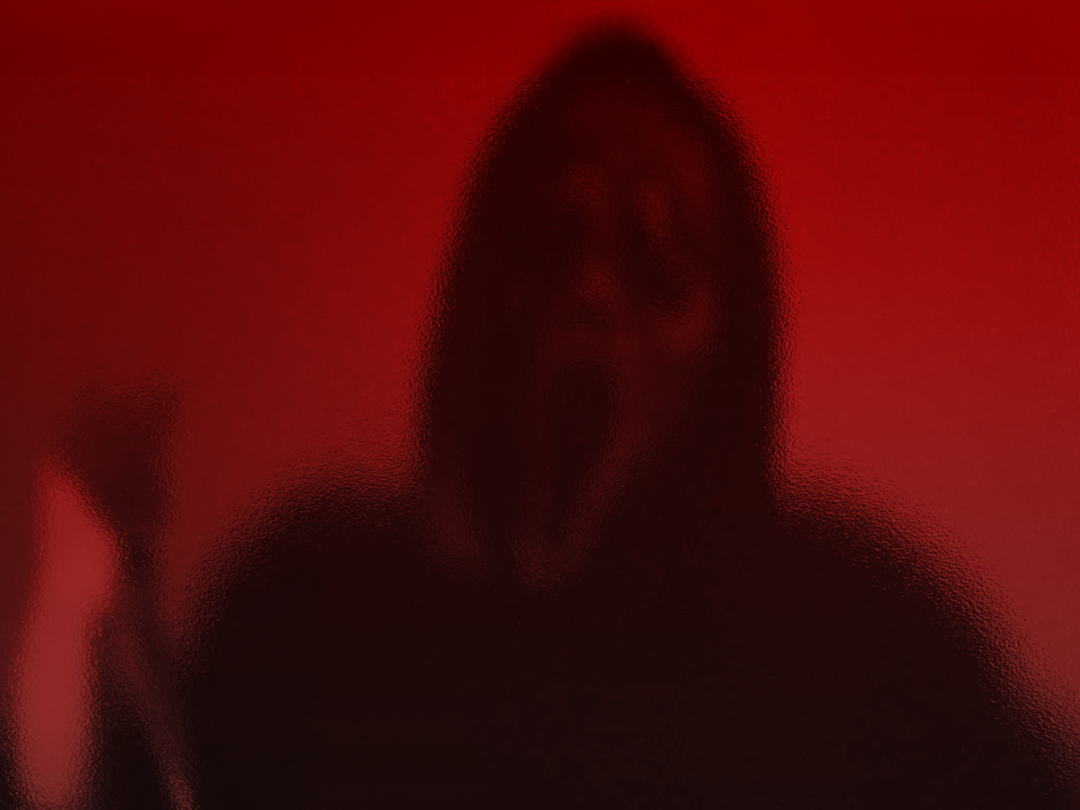
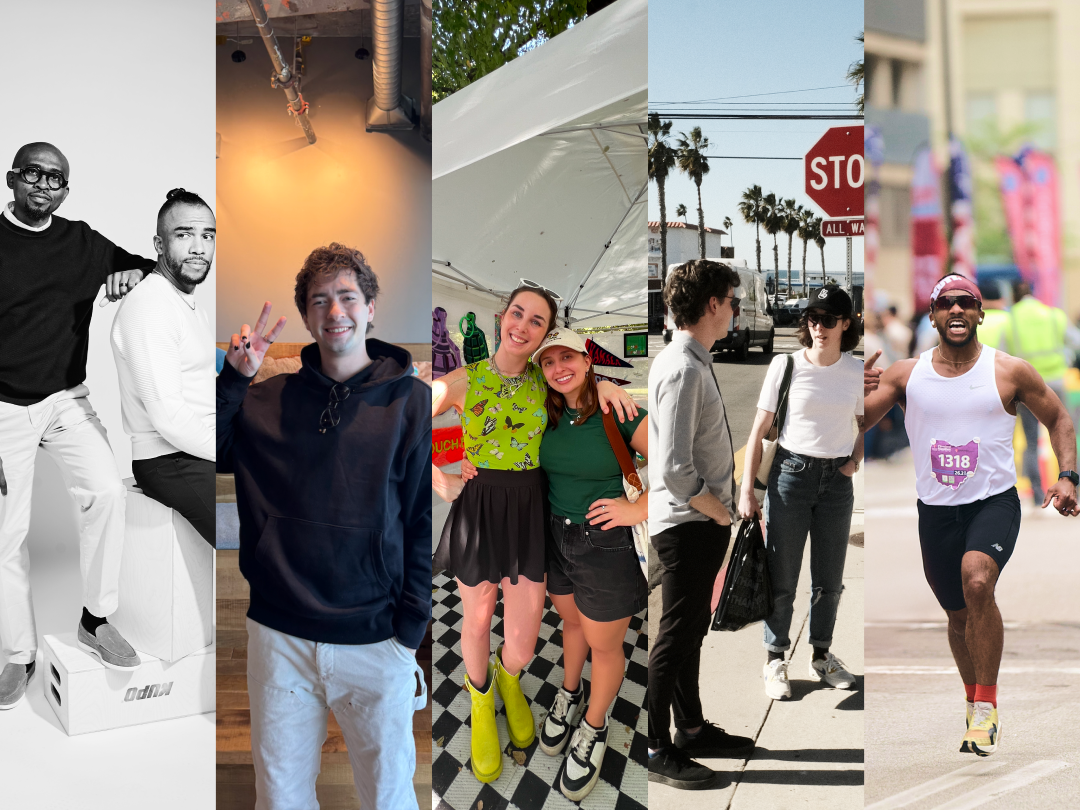

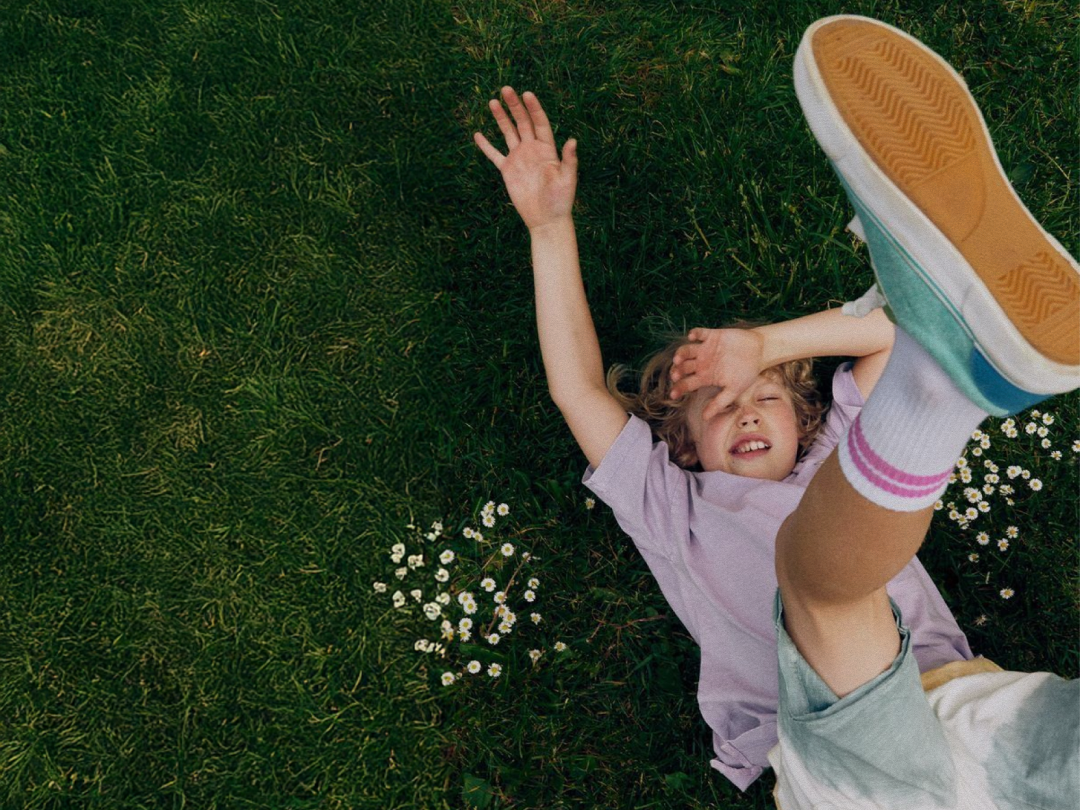
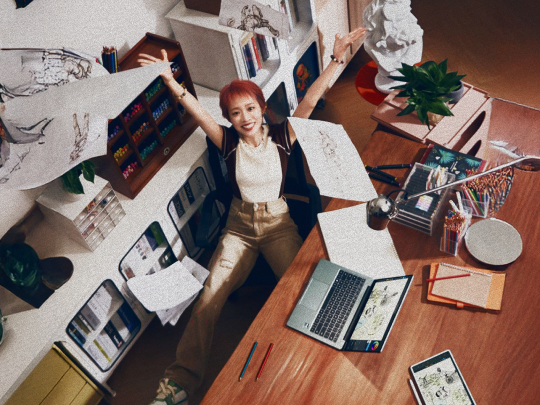
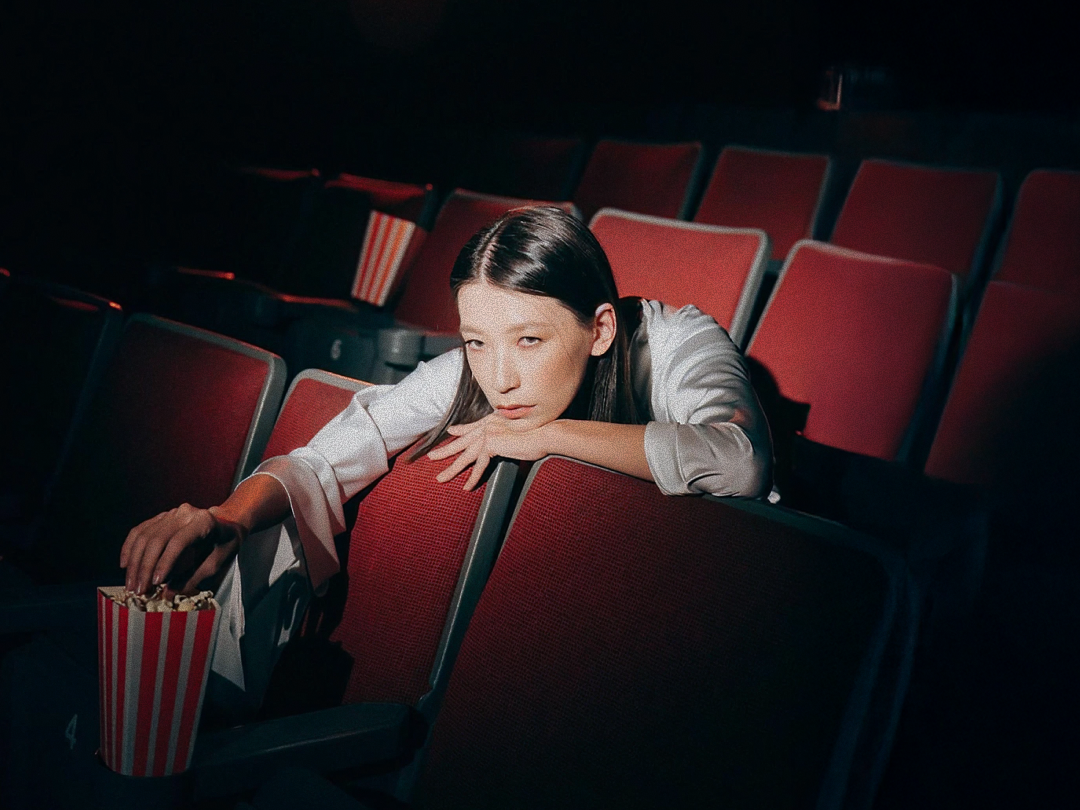








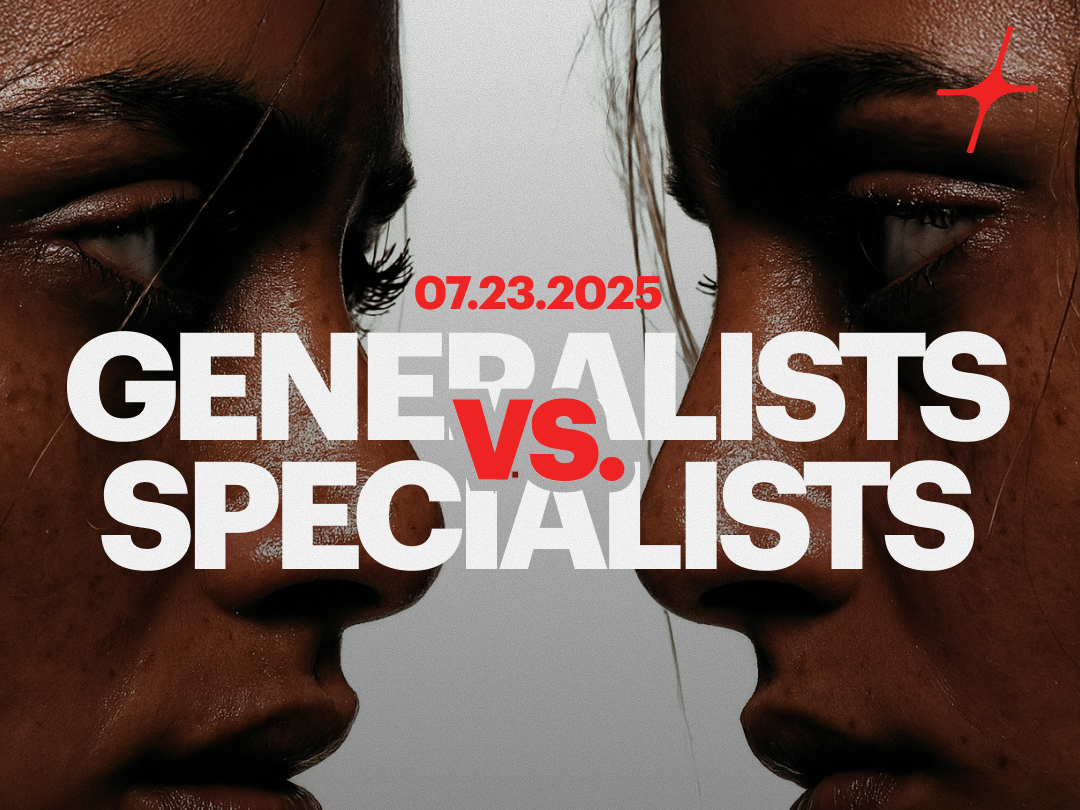

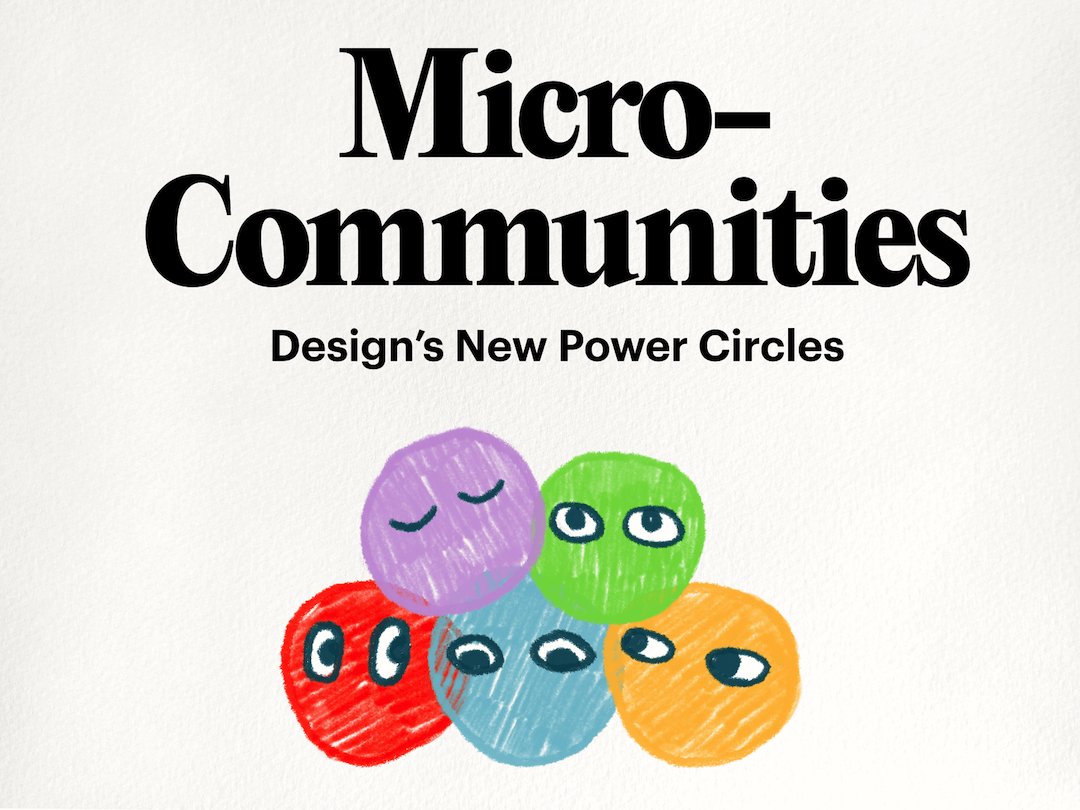
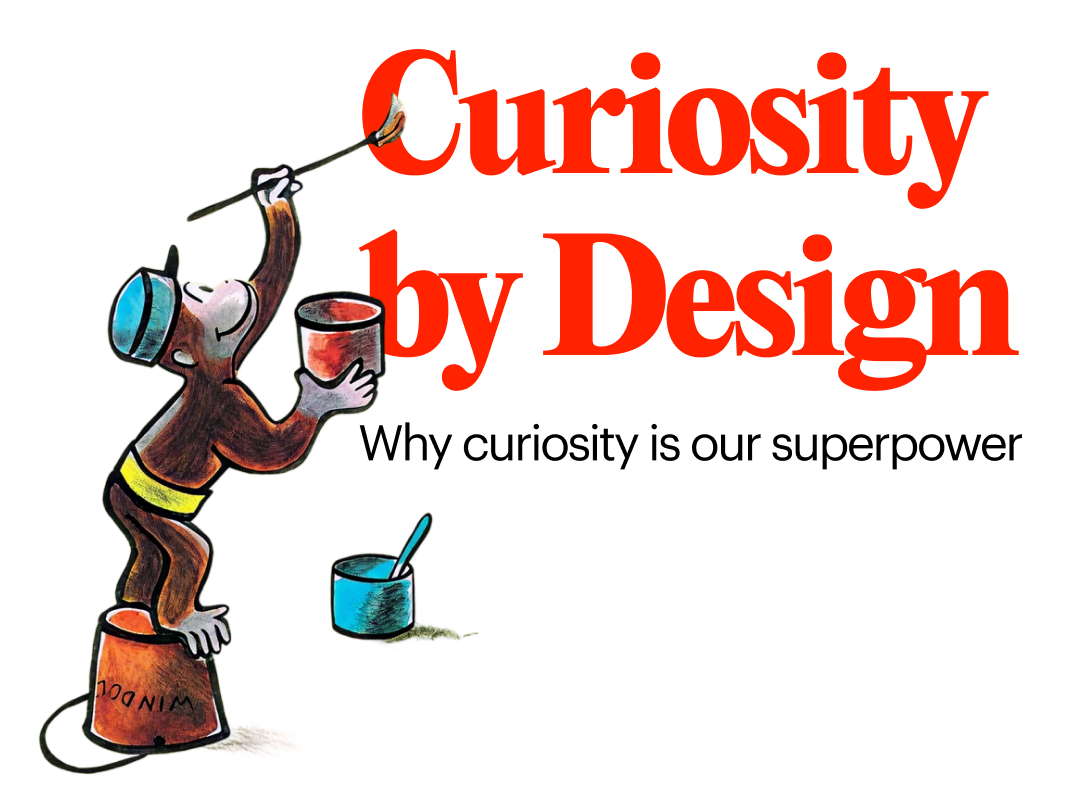

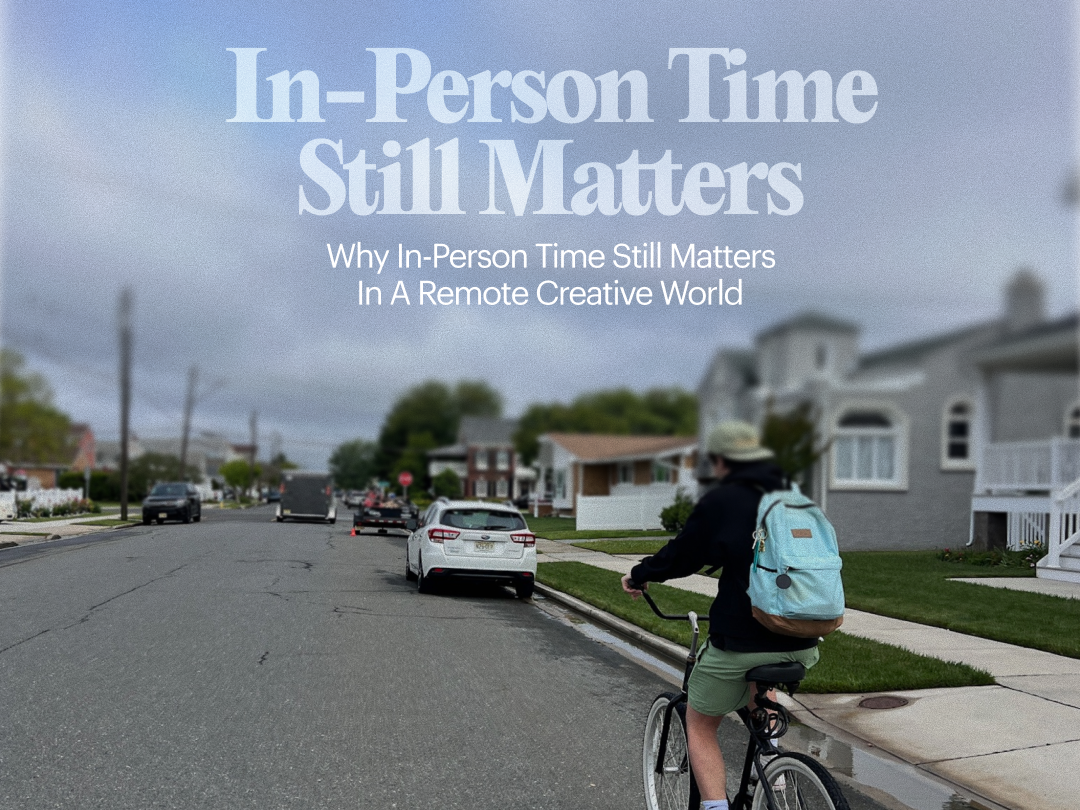
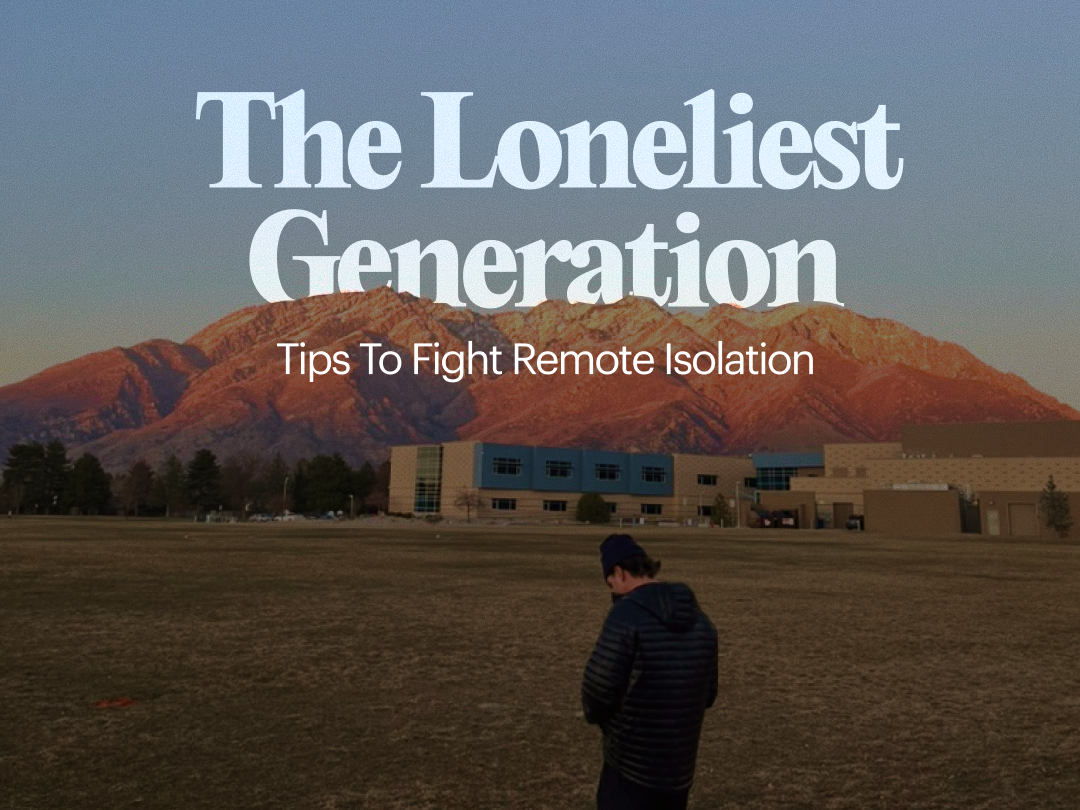
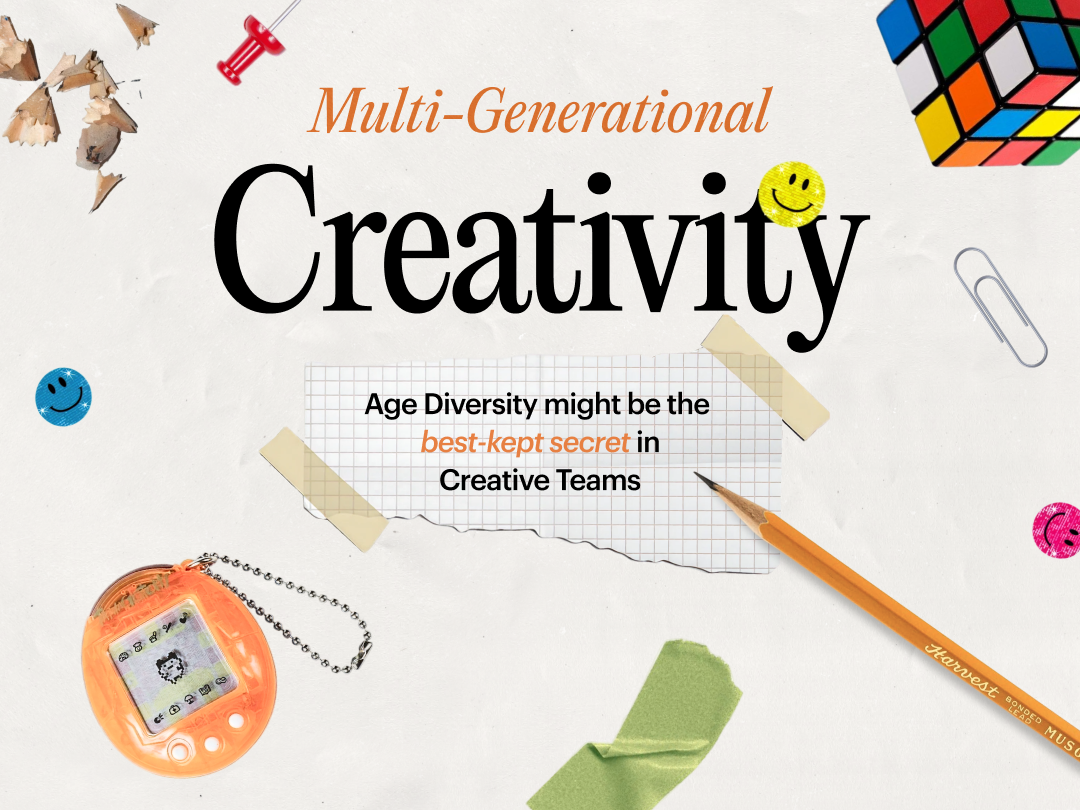
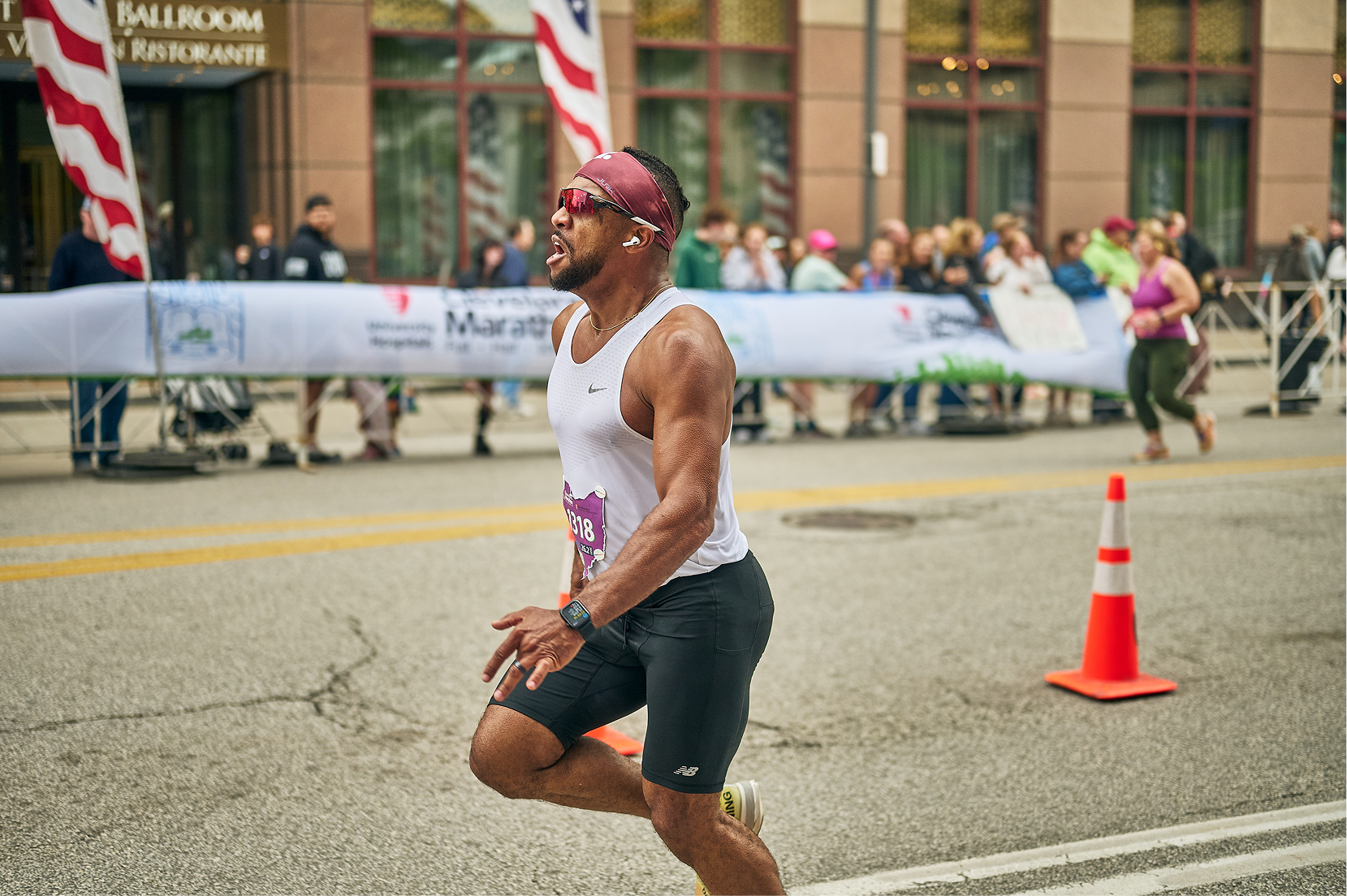

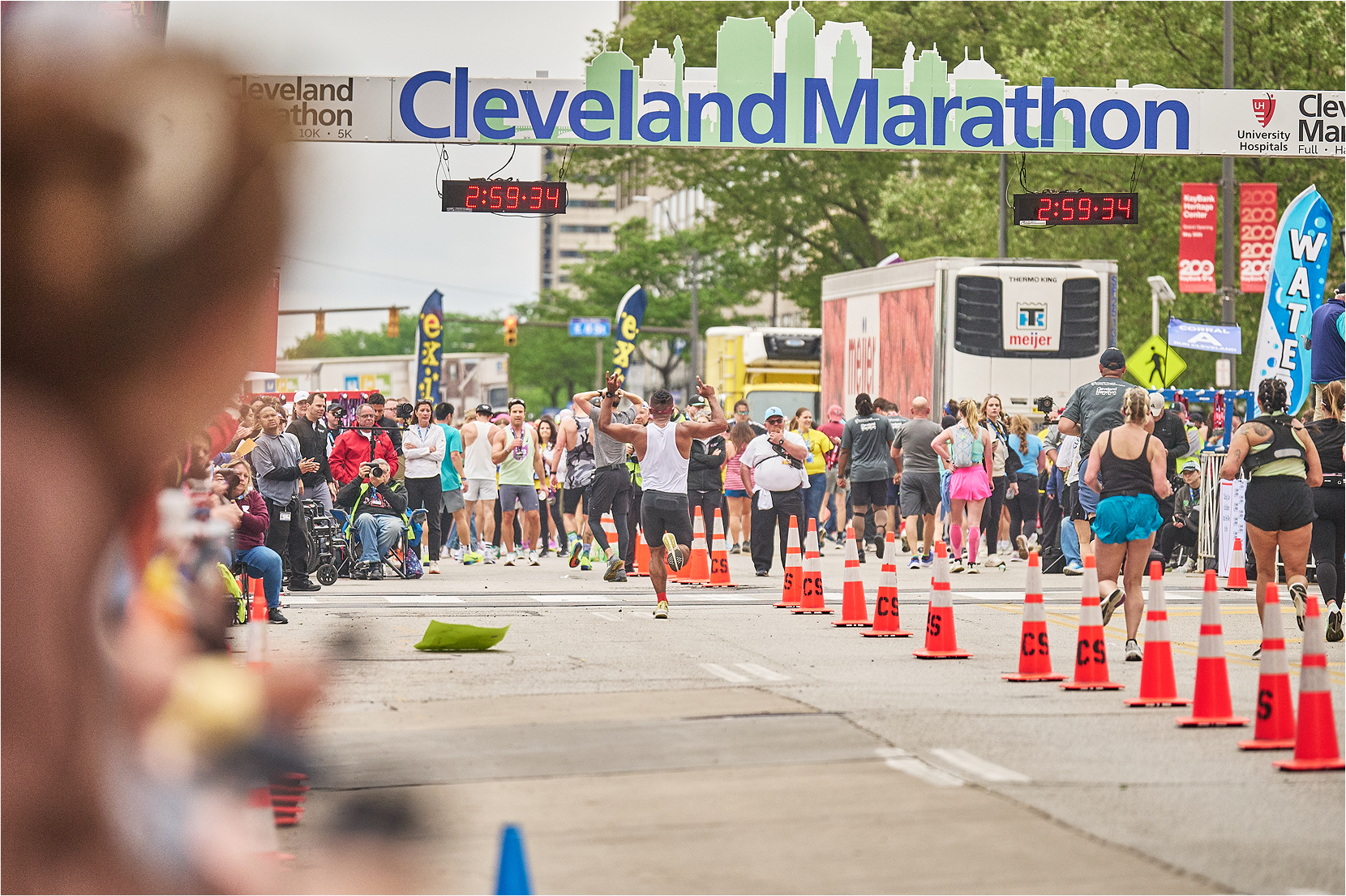

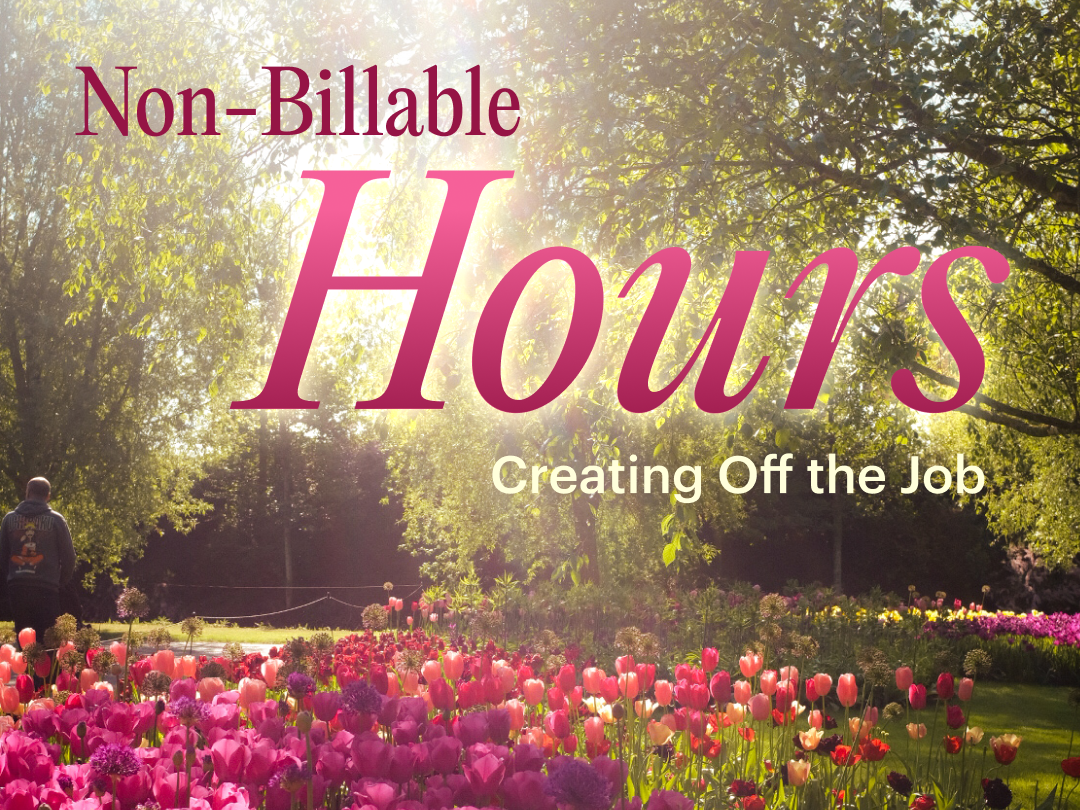
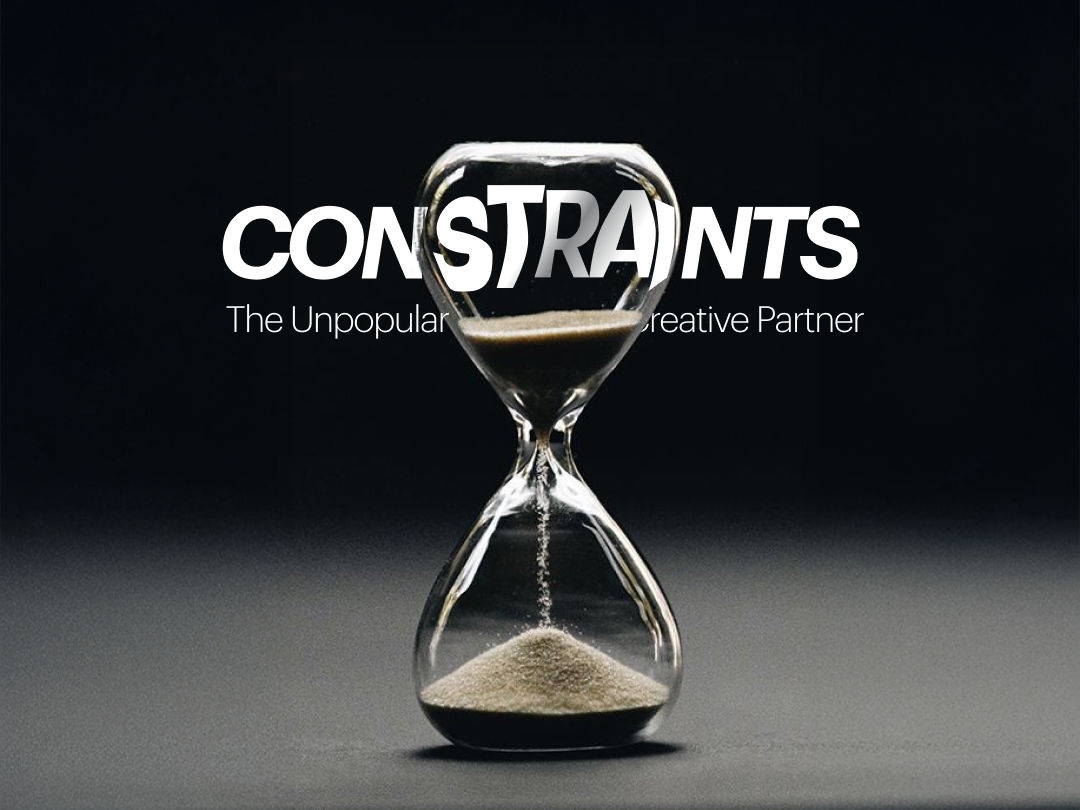
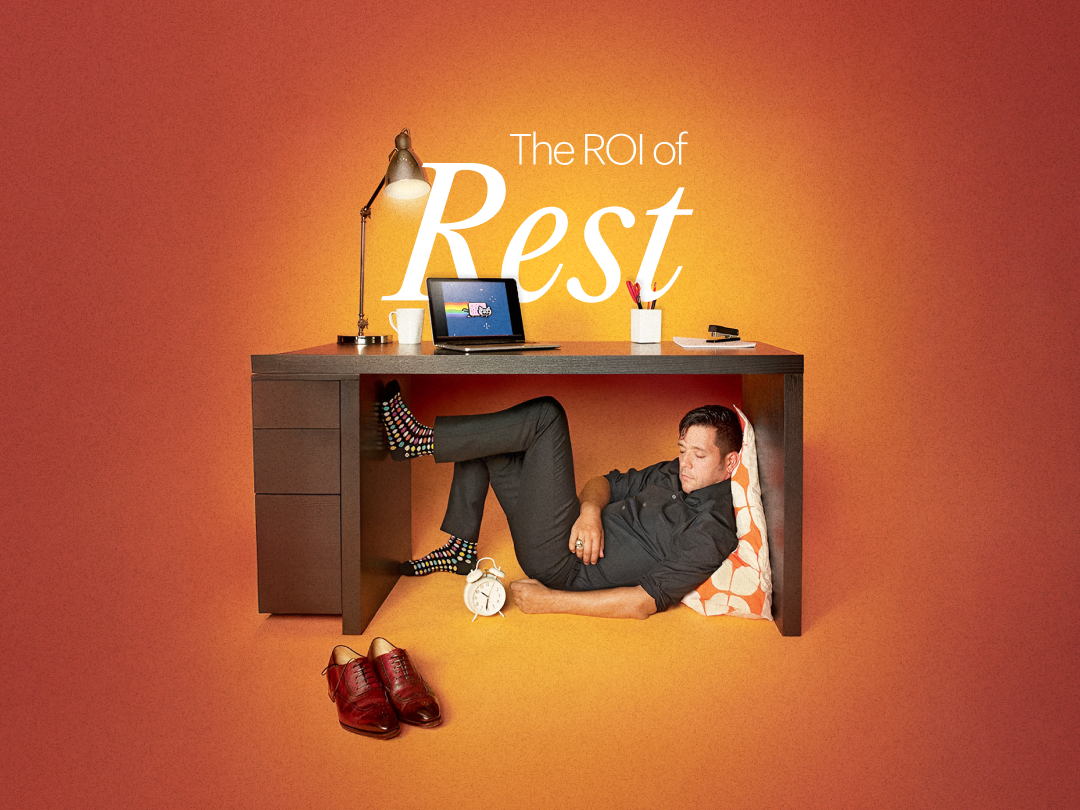
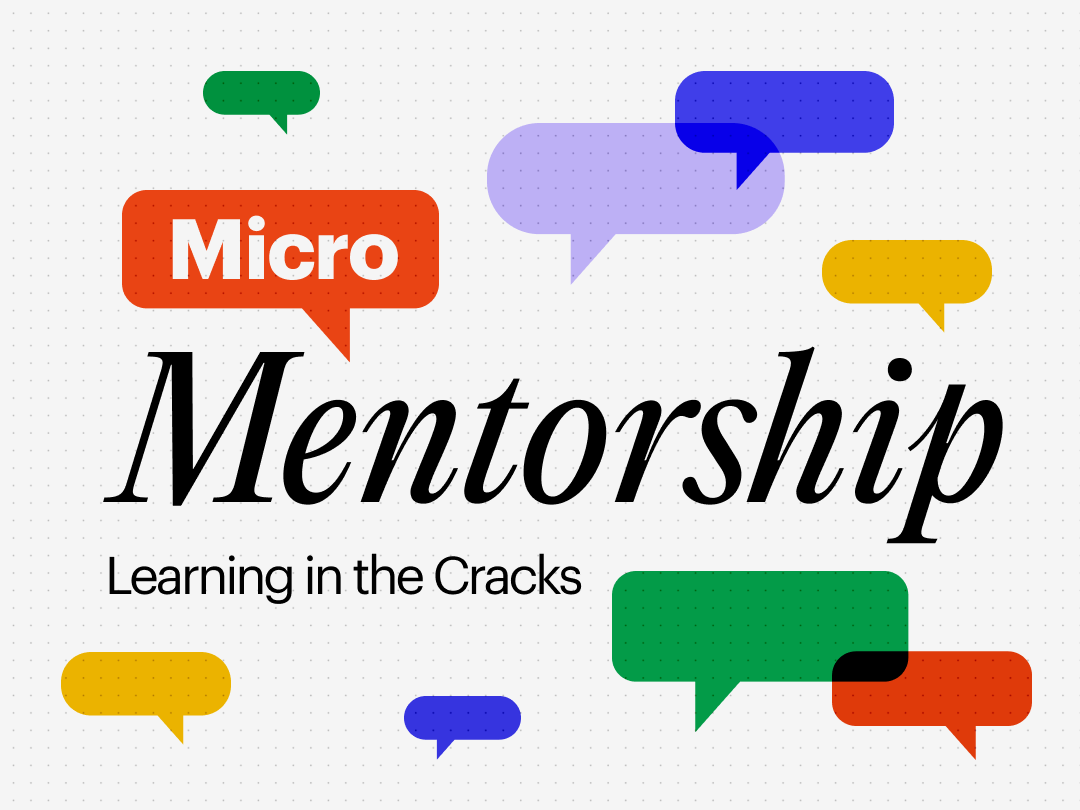
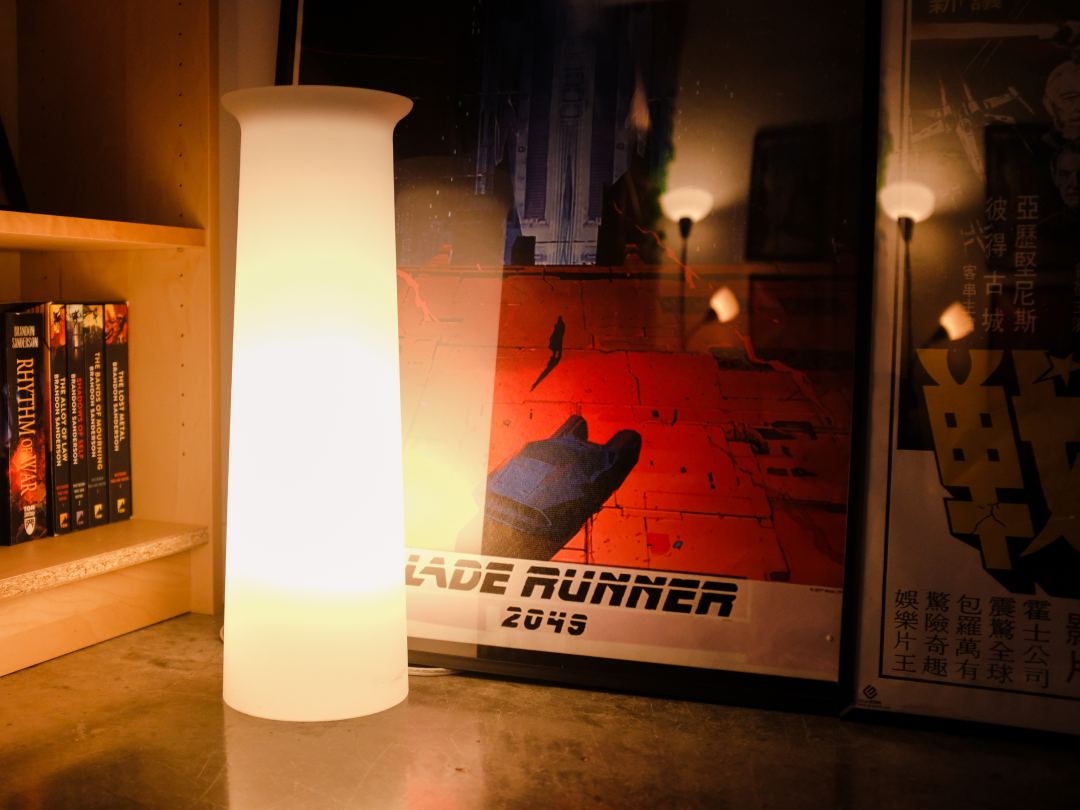
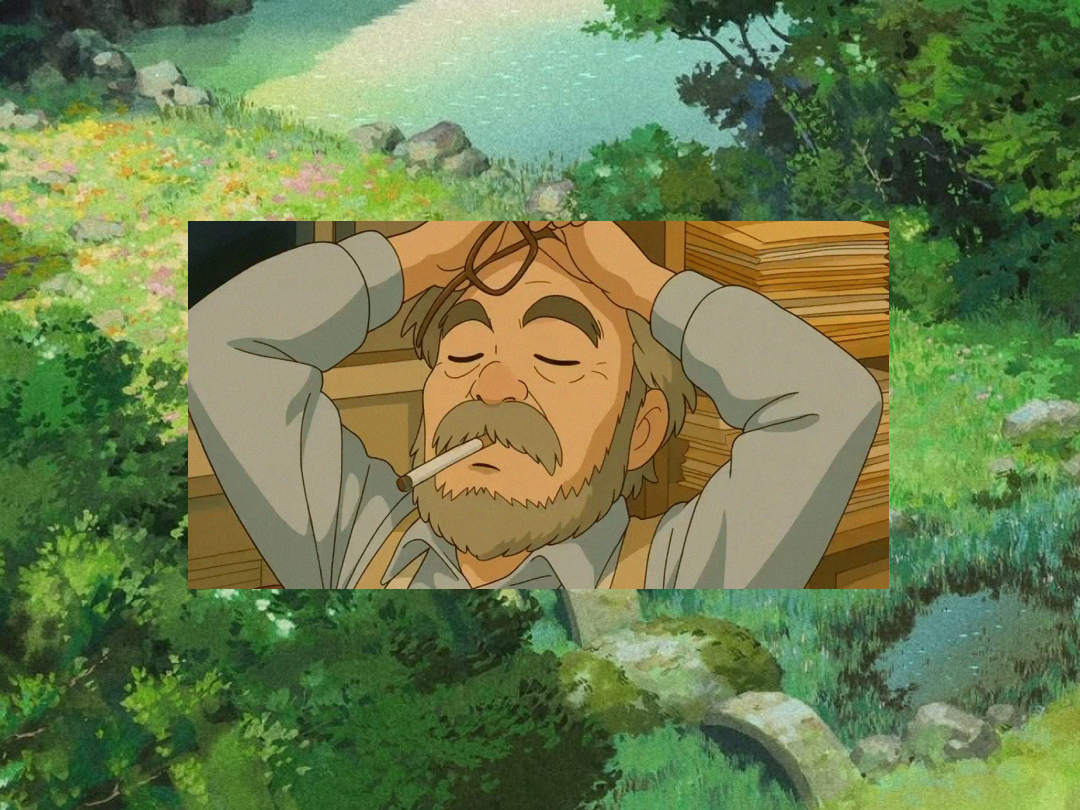
.png)
.png)
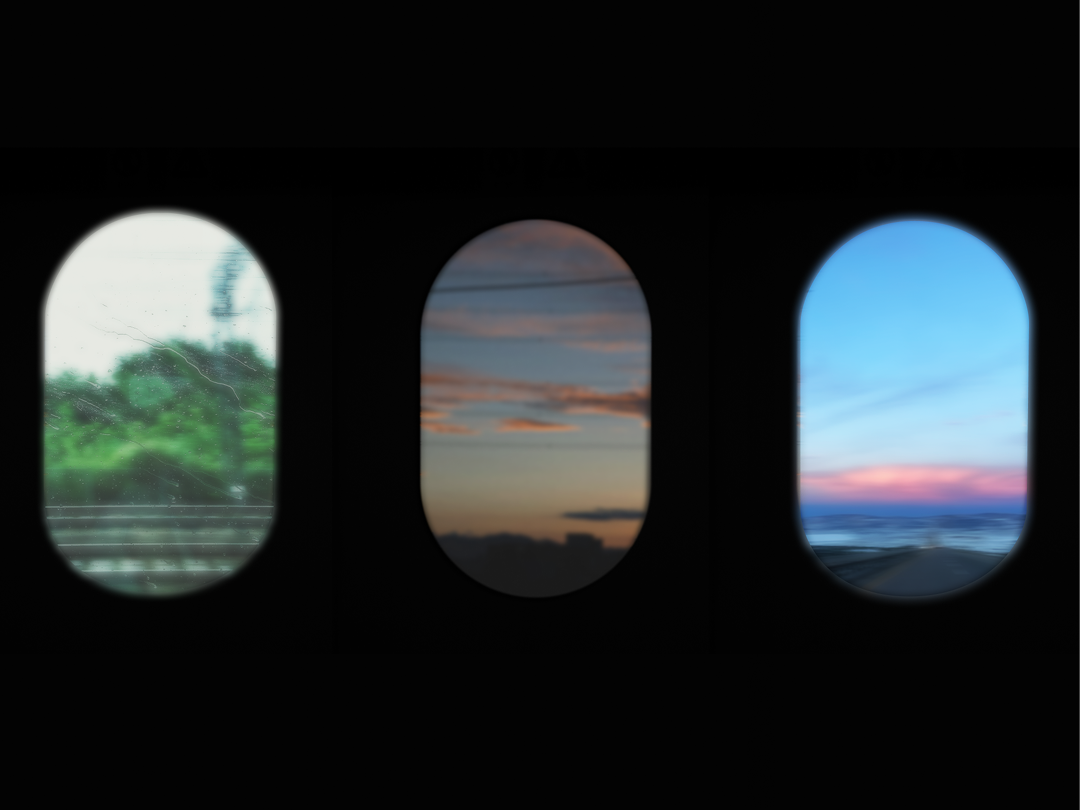
.png)
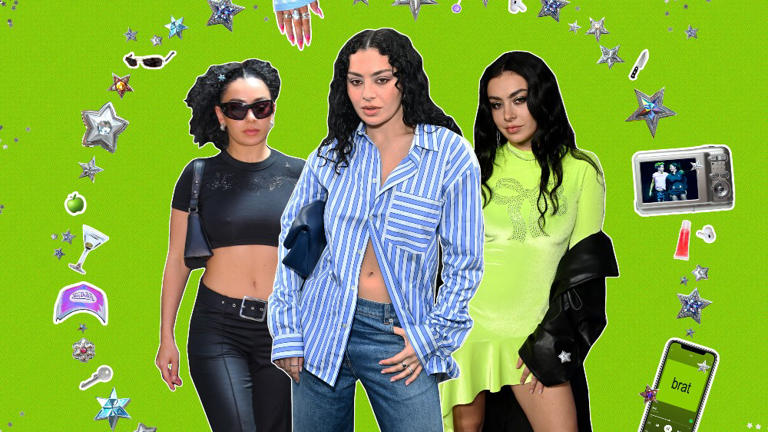
.png)
.png)
.png)
.png)
.png)
1.png)
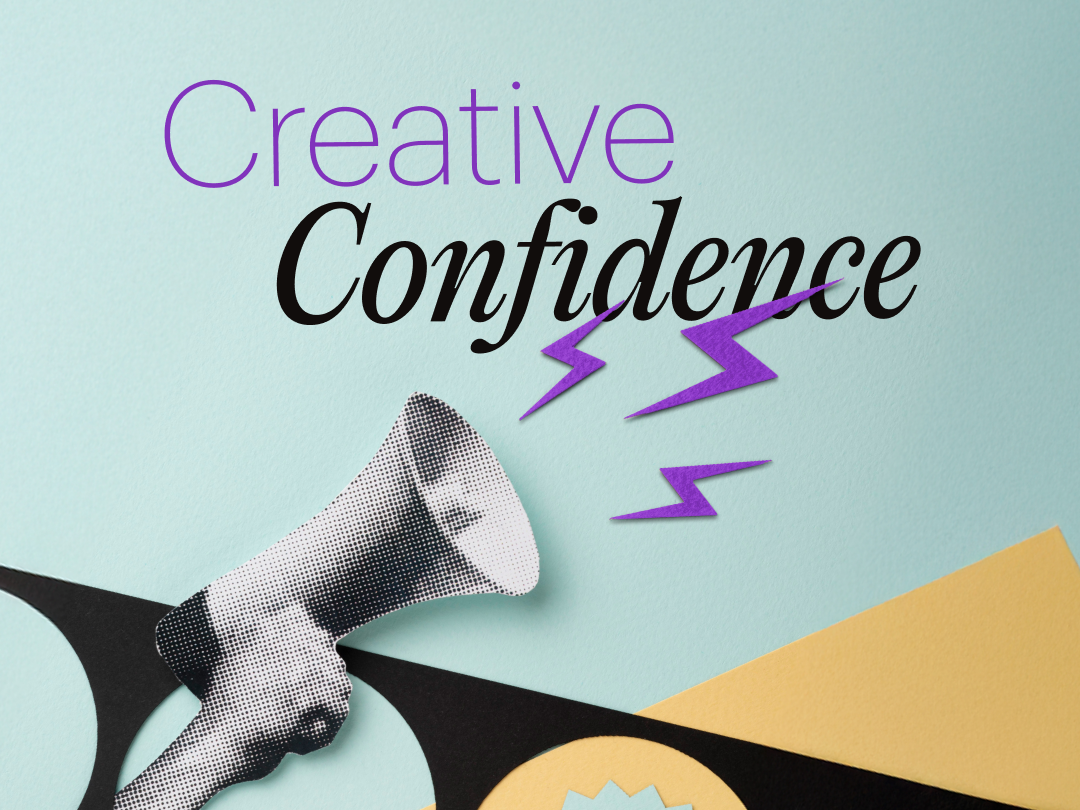

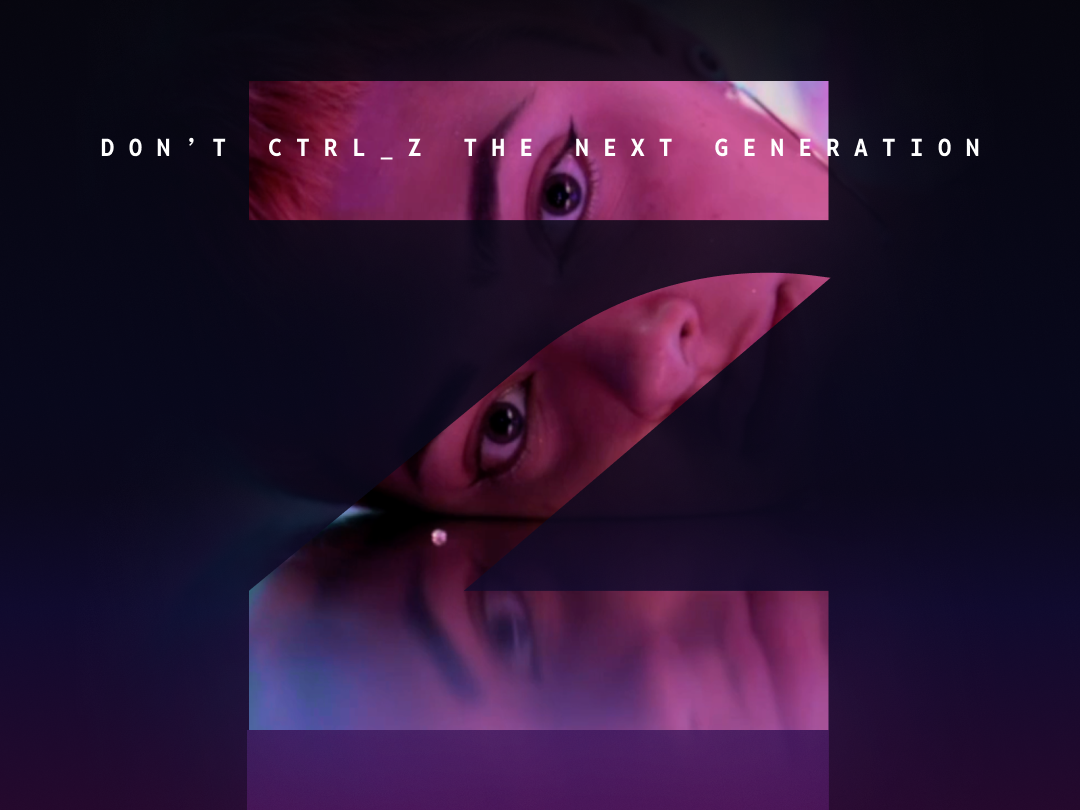
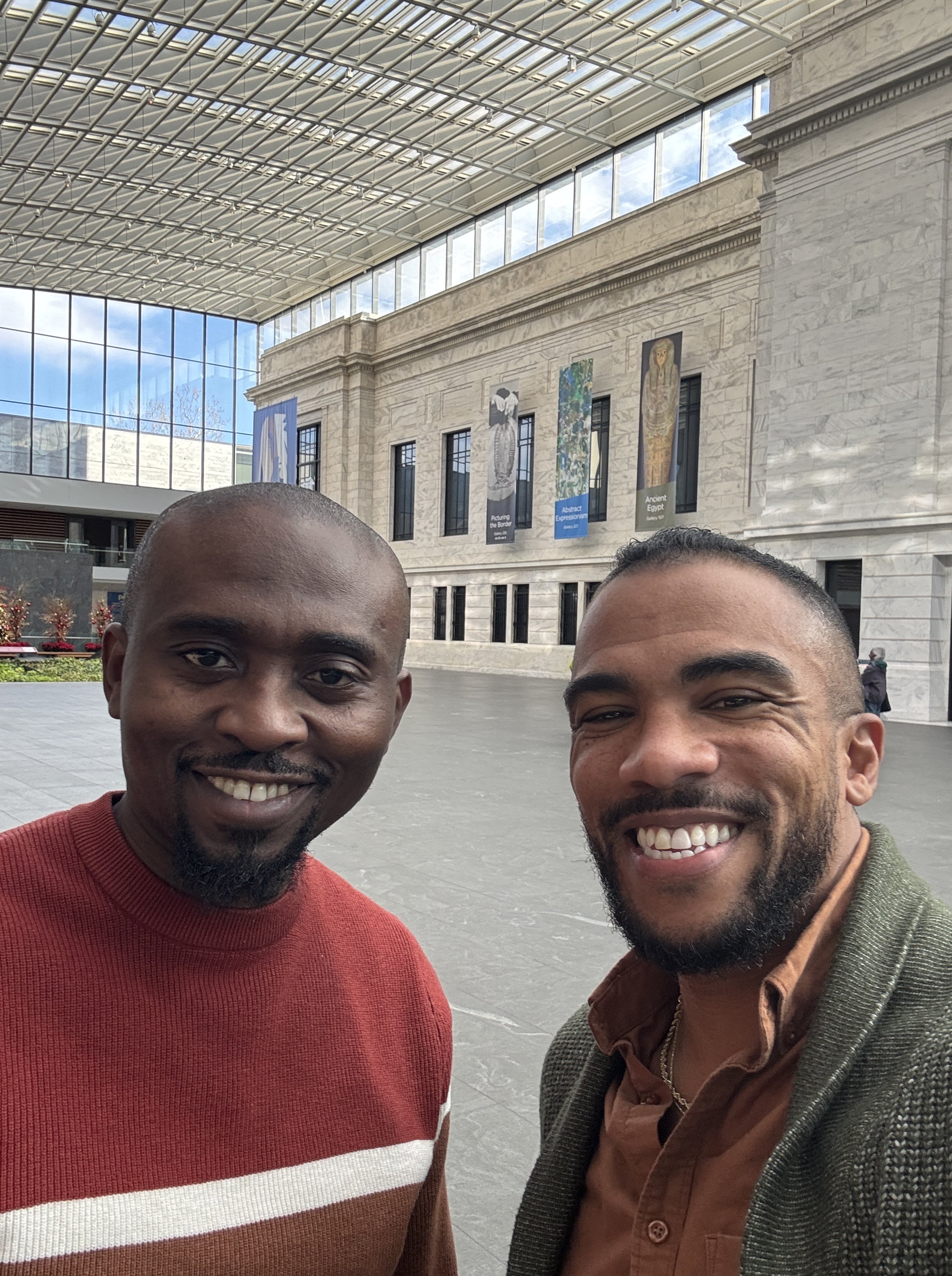
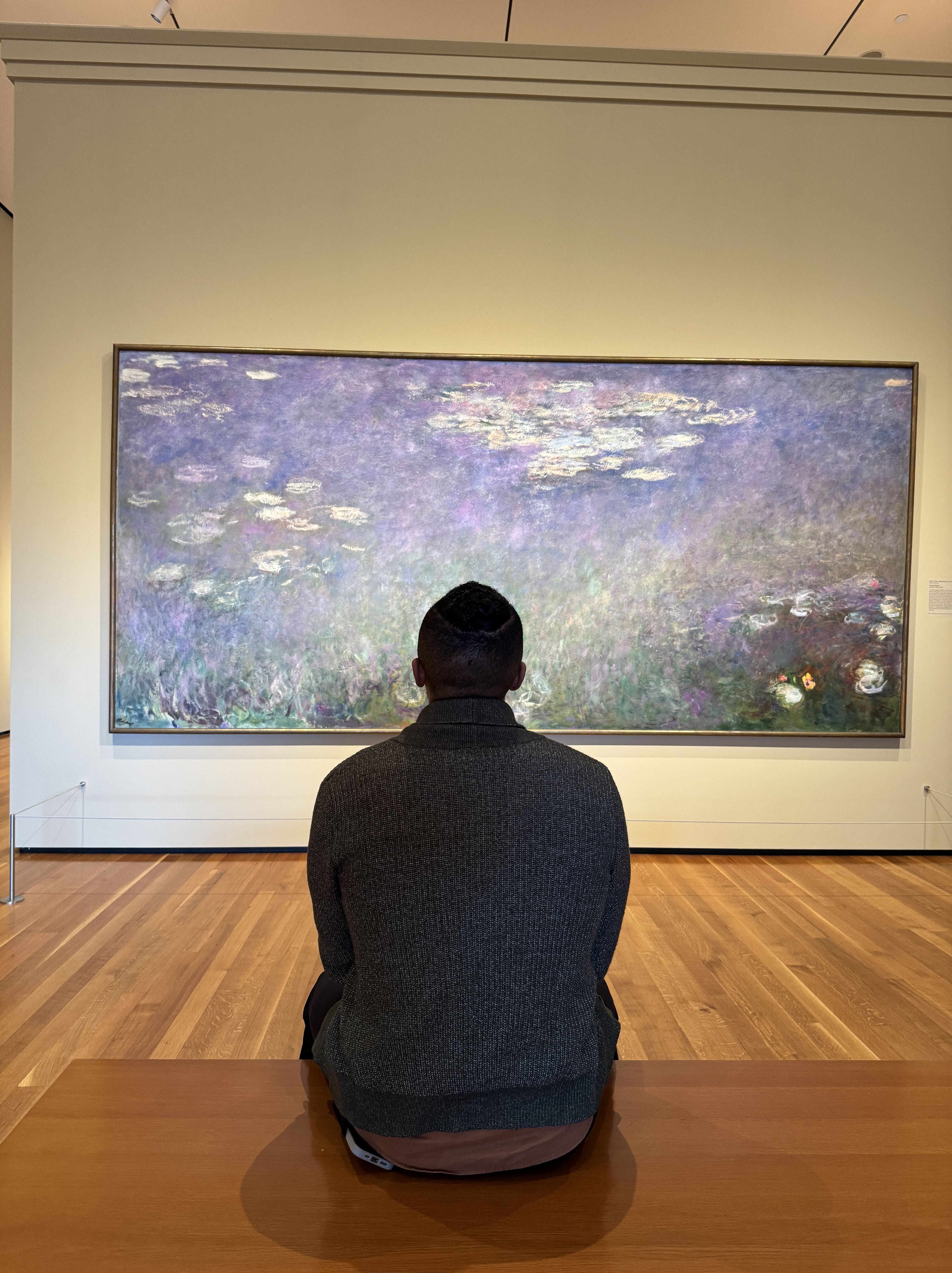


.png)
